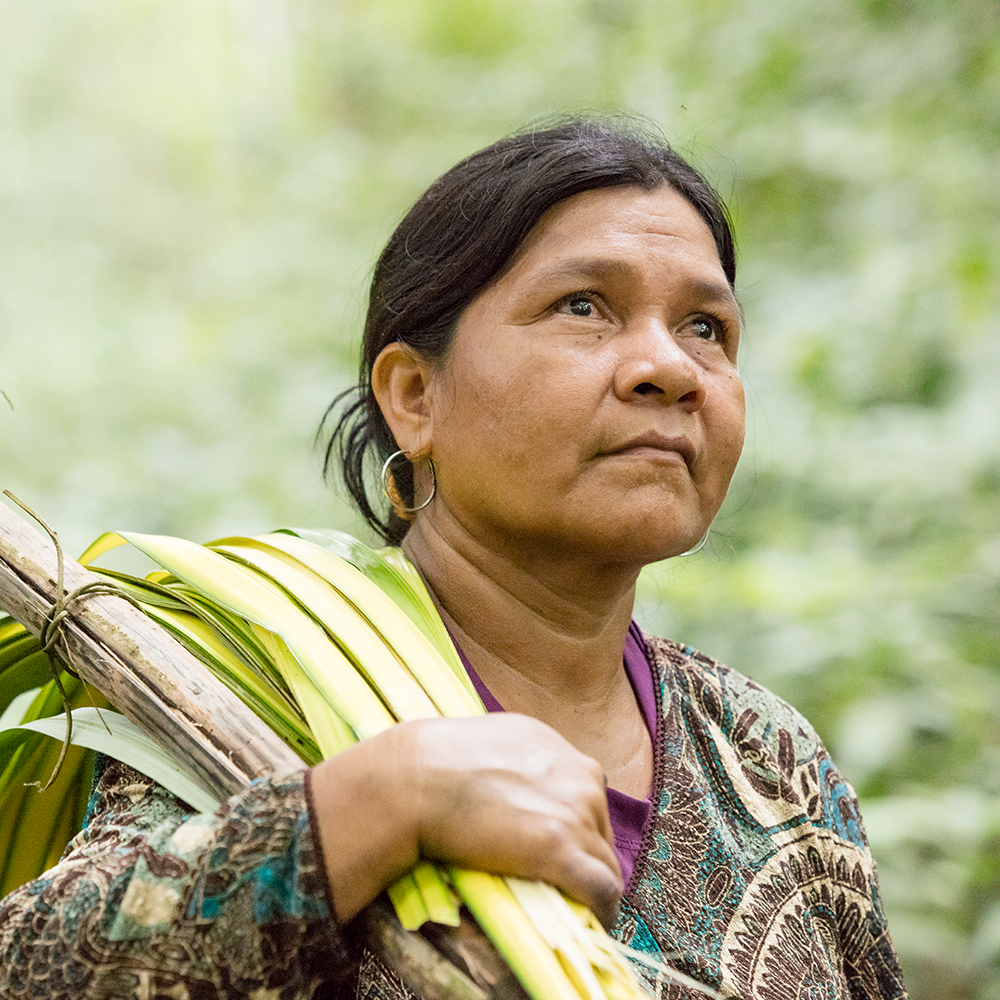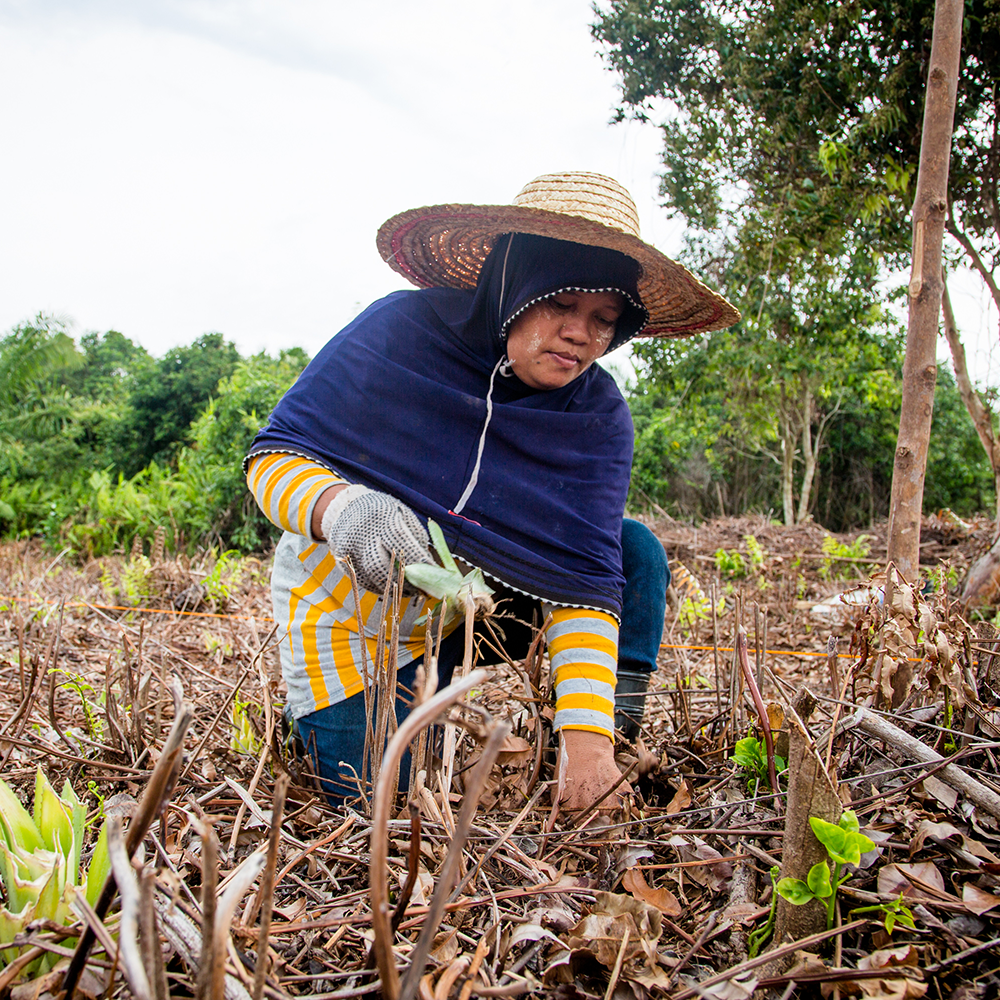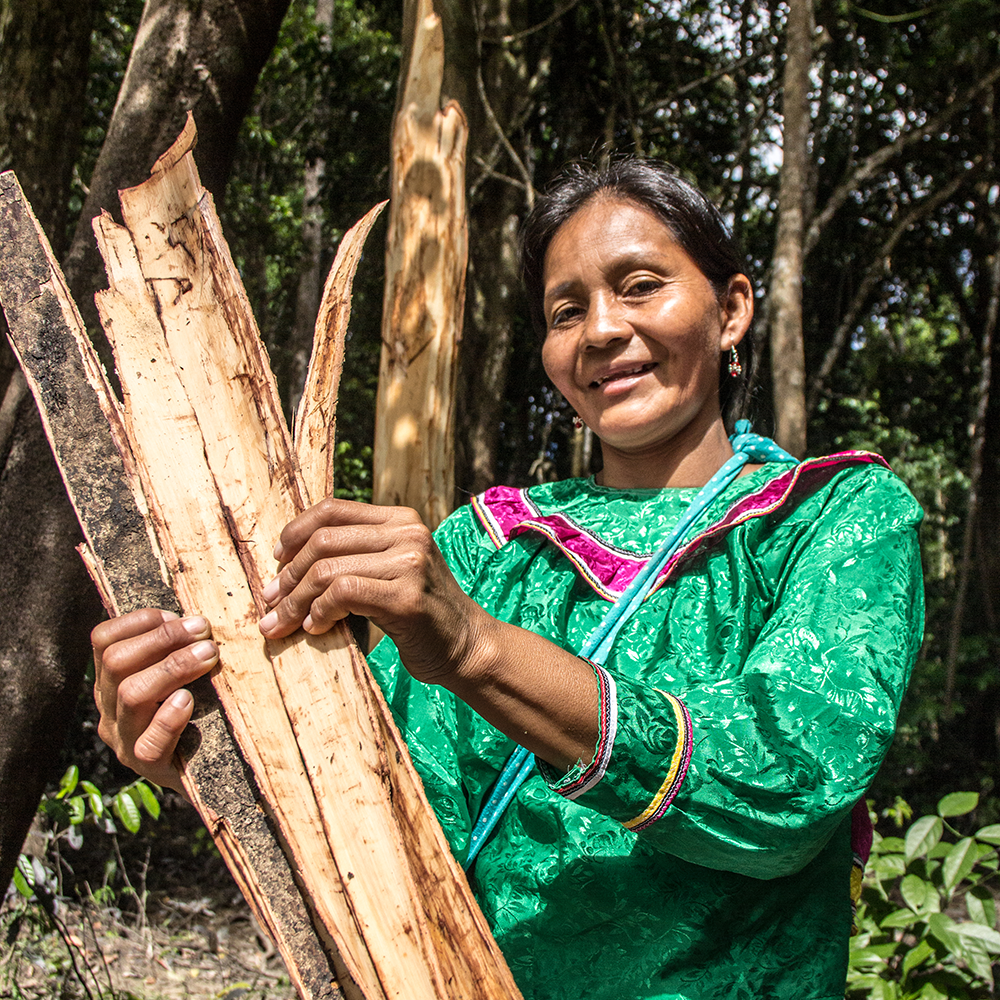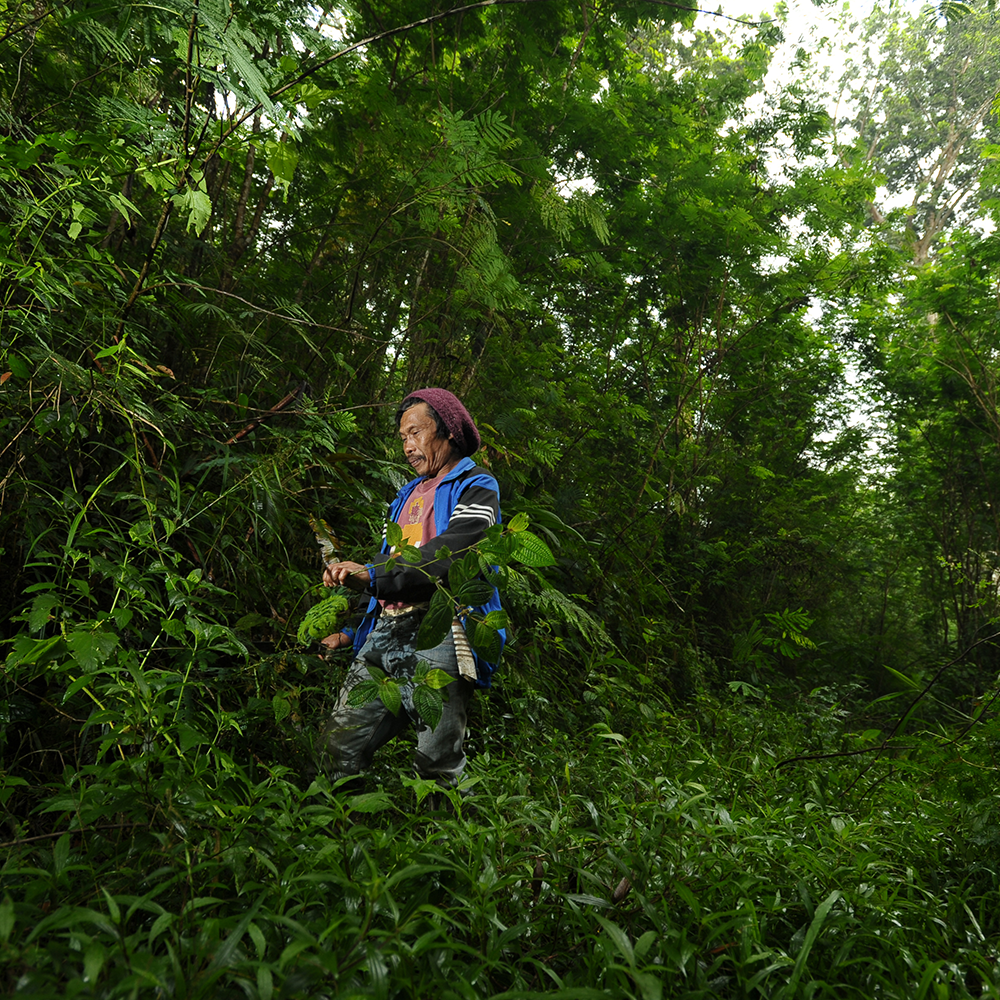“Some companies will take action and move forward with cleaning their supply chains. But the vast majority will depend on government action to drive the effort.”
Marcos Jank, Agro-Business Teacher, Insper, Brazil
WHY
Restoration efforts must be done in socially and environmentally responsible ways that secure lasting benefits for communities and the climate. Good examples of natural forest regeneration and active forest restoration exist in managed and natural landscapes the world over. Scaling up from these examples to achieve, sustain, and exceed global targets will require concerted effort. Strong policy incentives, political leadership, and technical expertise, along with finance that accepts a slow return on investment, are required.
Forest restoration can realistically achieve mitigation potential in the range of a billion tons of CO2/year. Technical potential estimates that are much higher (up to 10x that mitigation potential) do not fully account for the mitigation potential of restoration’s known constraints. Restoration efforts should focus on regions where climate change impacts are unlikely to threaten success.
Restoring forests restores productivity. Globally, indiscriminate land clearing and poor land management practices have resulted in billions of hectares of degraded land. Natural forest regeneration and active forest restoration could restore productivity to a substantial portion of the world’s degraded land. Restoring forests has multiple benefits beyond climate benefits, including for biodiversity, economic, social, and cultural values.
New, innovative approaches for restoring forests are underway. Most restoration efforts today are relatively small-scale and isolated. The exceptions are mainly government-sponsored reforestation programs with sustained political backing rooted primarily in disaster prevention and secondarily in economic development, such as those in China, India, and South Korea. But new, innovative approaches are beginning to launch, including blended finance facilities and insurance products, to ease investment into high-quality restoration efforts.
HOW FUNDERS CAN SUPPORT
- Support policy development to promote natural forest regeneration and active restoration in critical geographies.
- Utilize grantmaking and impact investments to help ensure access to de-risking capital to facilitate private sector finance for forest restoration.
- Invest in monitoring restoration, scaling and sharing successful technical, financial, and social impact solutions, and collecting and sharing restoration knowledge so it is globally accessible.
Related Resources
Other publications
- Economist Intelligence Unit ‘Afforestation & Reforestation’









